SEE: https://www.russoldradios.com/blog/77-chrome-plated-rivets
I am happy to see a manufacture making resistors of this type. The only drawbacks are the cost and limited resistance values, which is why I had to use 2 wire wound axle resistors in the assembly.
As I started the alignment I noticed audio levels were lower than I expected. I thought it would improve as I proceeded - it did not.
OK! Everything looked good. All voltages were correct and the alignment results were as expected only with little improvement in audio level AND now that I could drive the output harder (following alignment), there was some serious distortion particularly in the bass response.
You all know Occam's razor - If the speaker sounds bad, maybe it's the speaker. Well, it didn't hurt to check everything else first, but it was the speaker. Not a bad cone or transformer. No, it as much more simple. The voice coil former had been screwed - more precisely, there was a screw lodged between the former and he frame.
This screw seems to be of about the same vintage as the radio. It had been lodged here for long enough that it had made a wear-mark or dent in the coil form. It makes me wonder if the original owner had ever heard this radio working as it should.
A darker version can be seen here: https://www.russoldradios.com/blog/77-chrome-plated-rivets

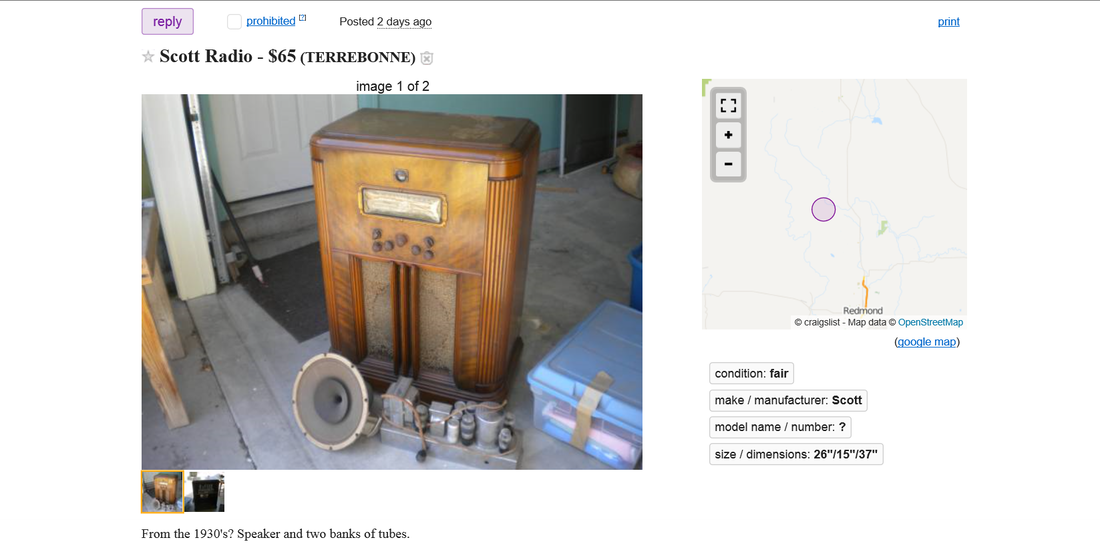
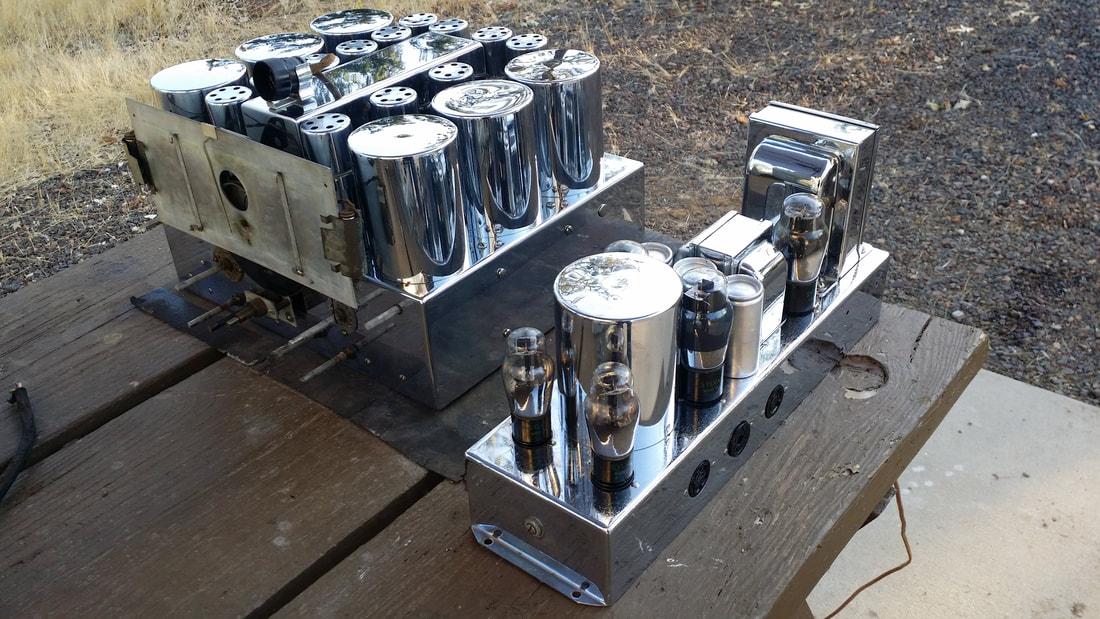
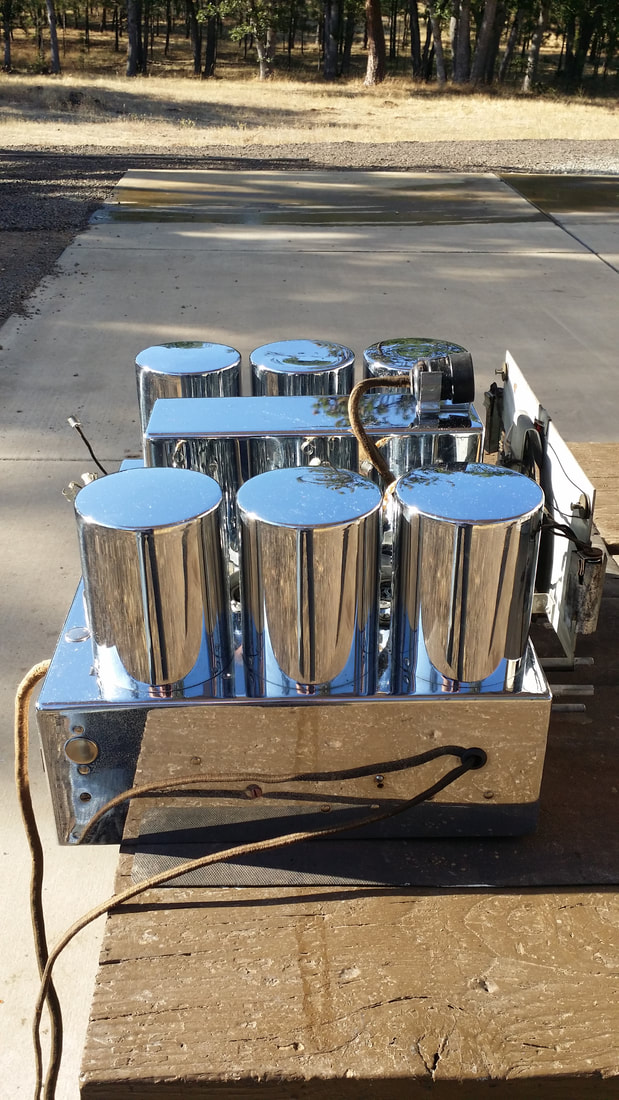
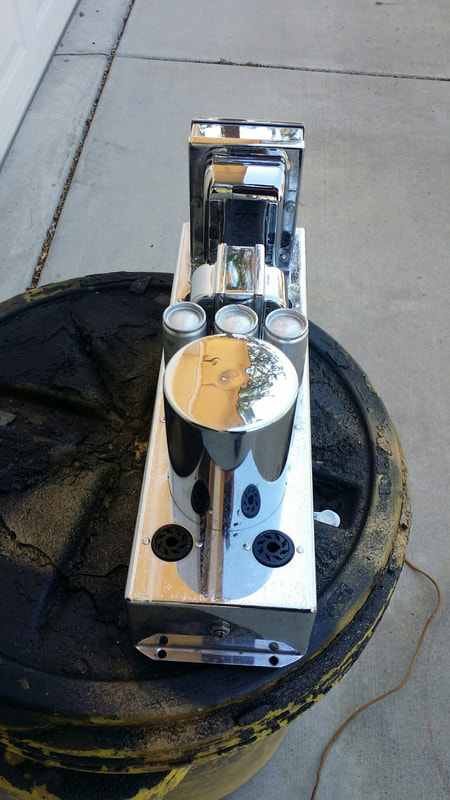
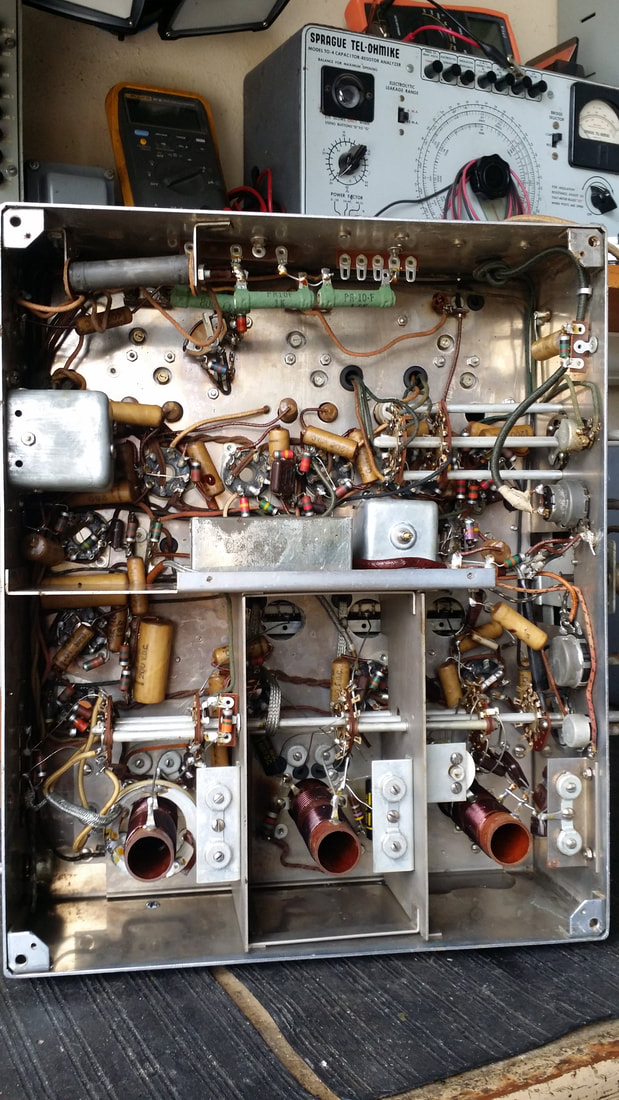

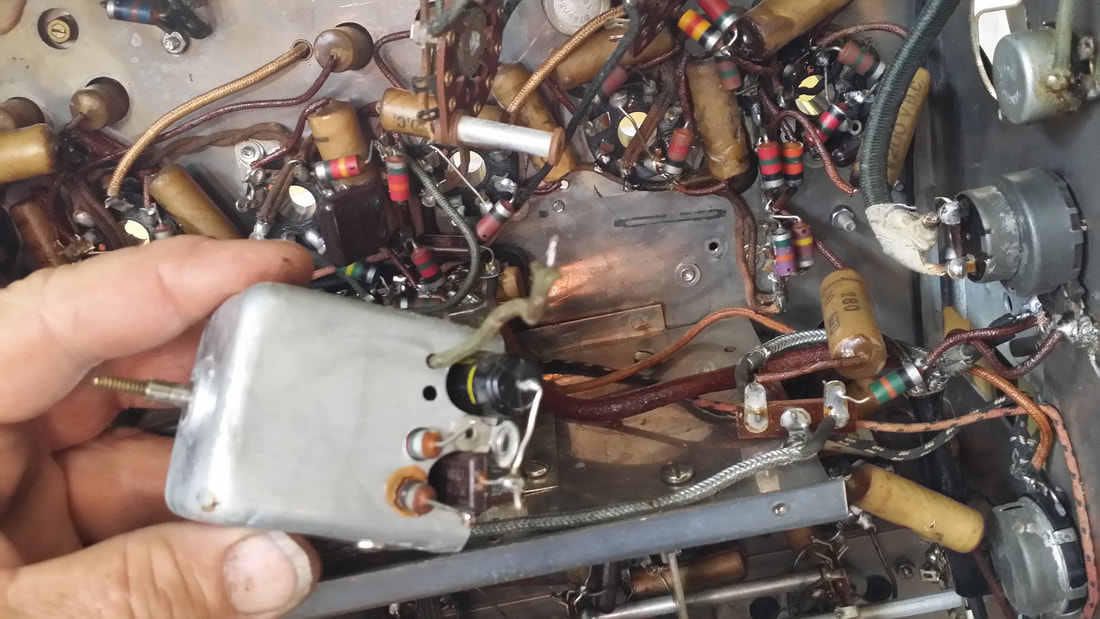
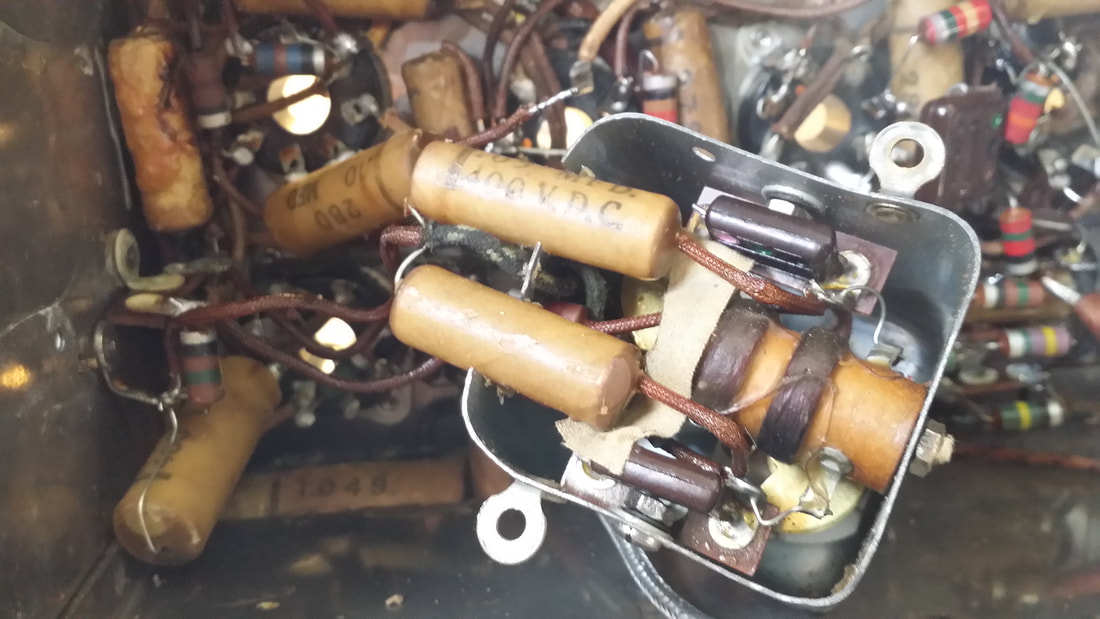
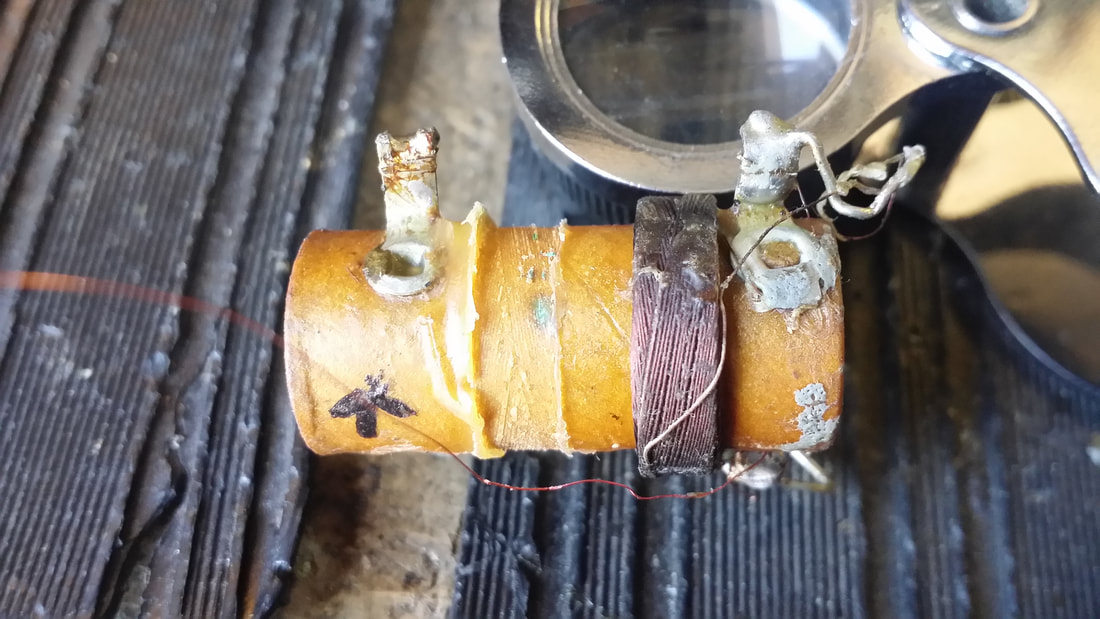
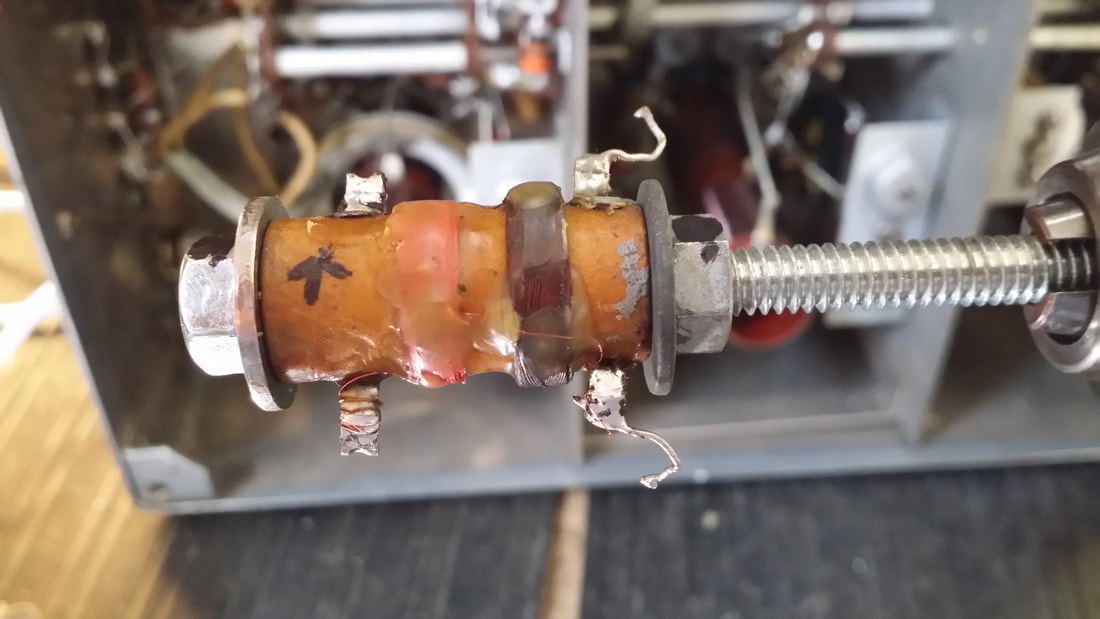
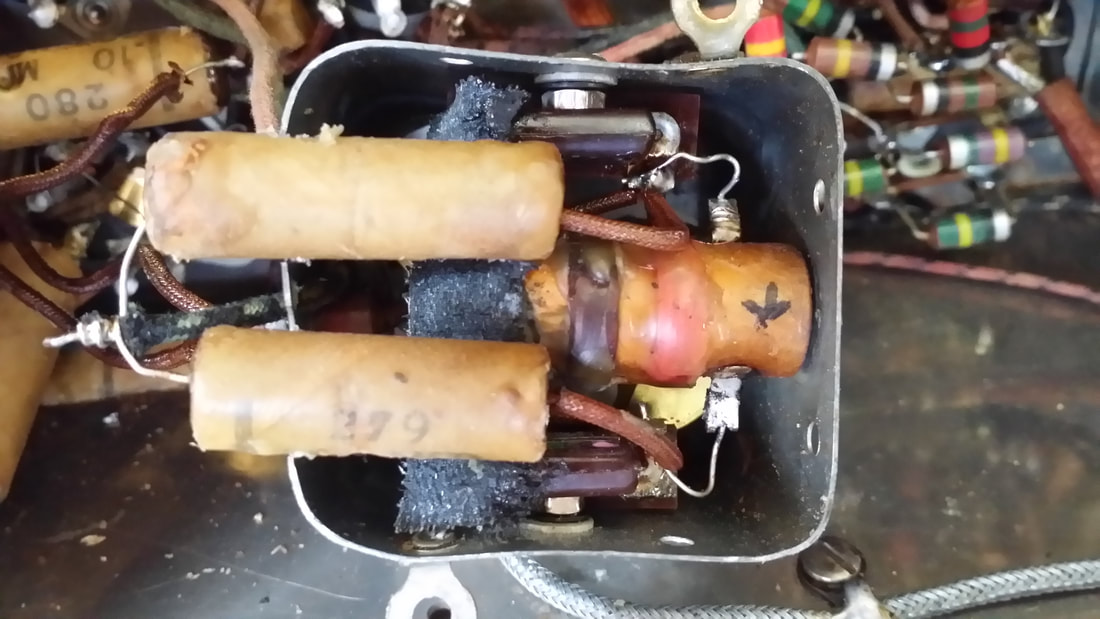
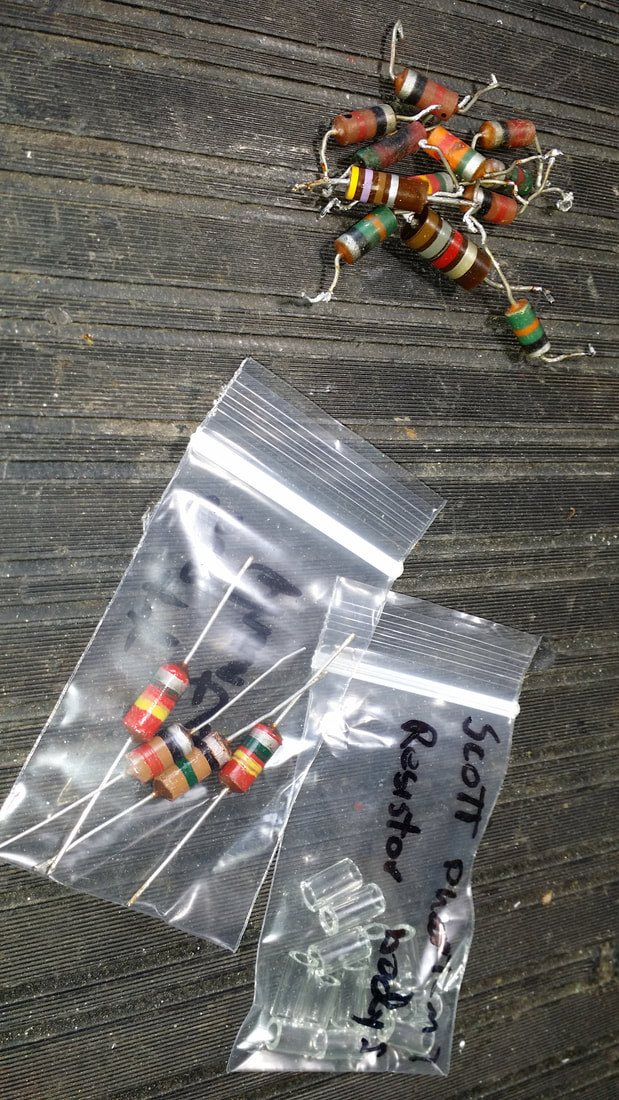
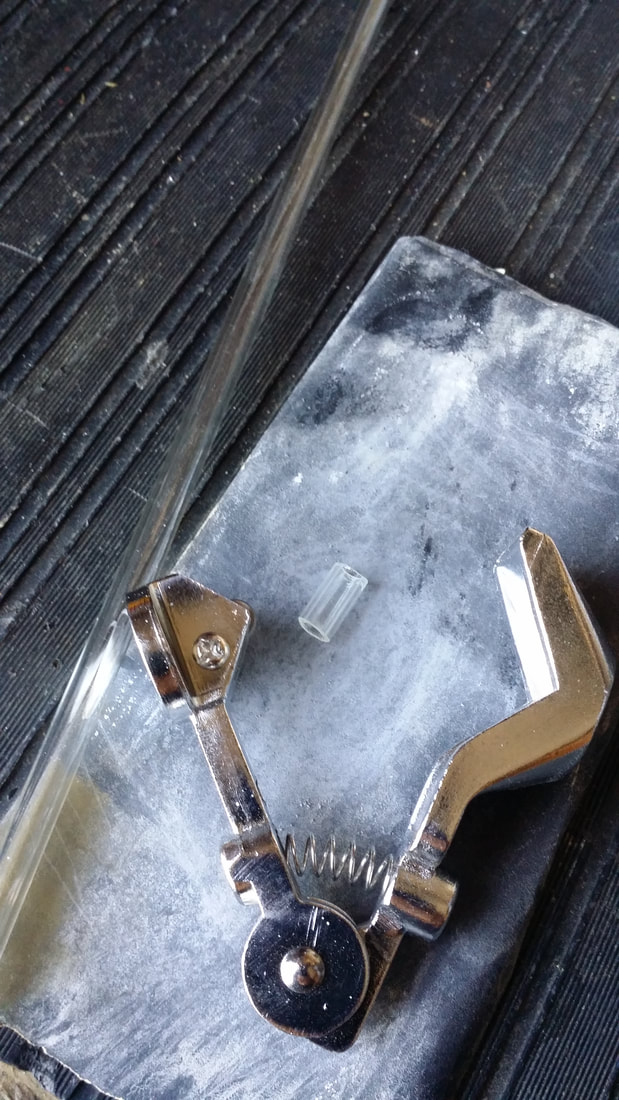
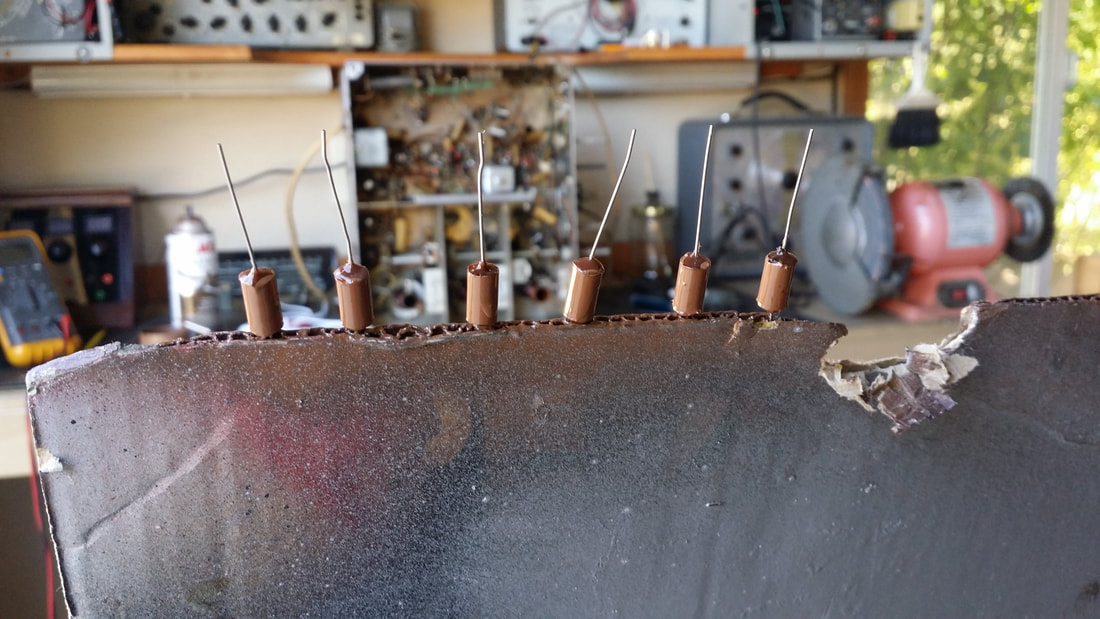
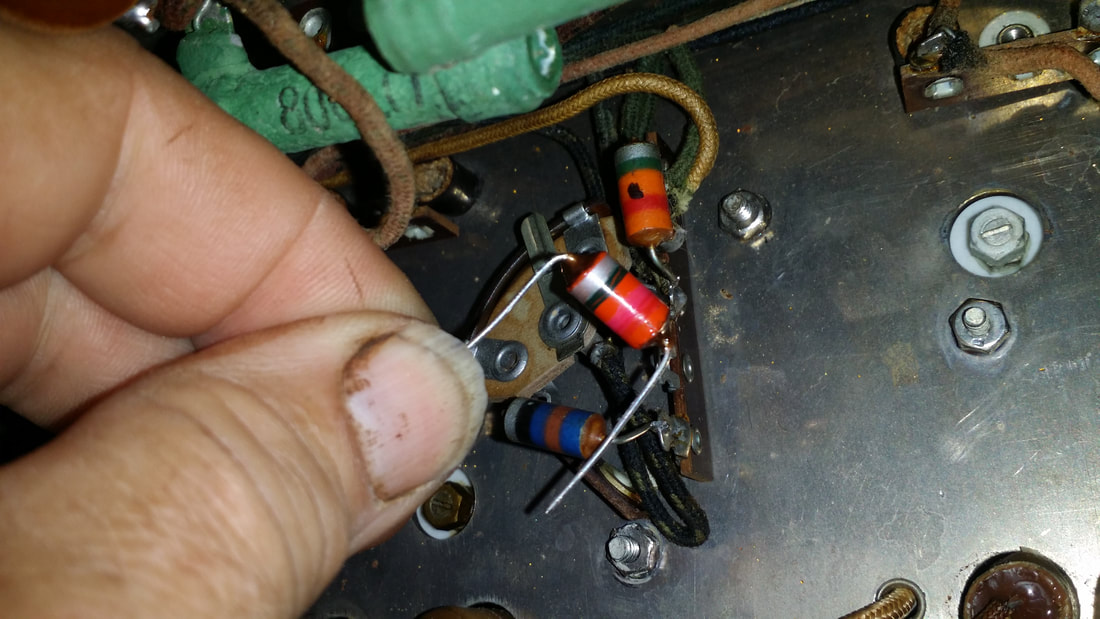
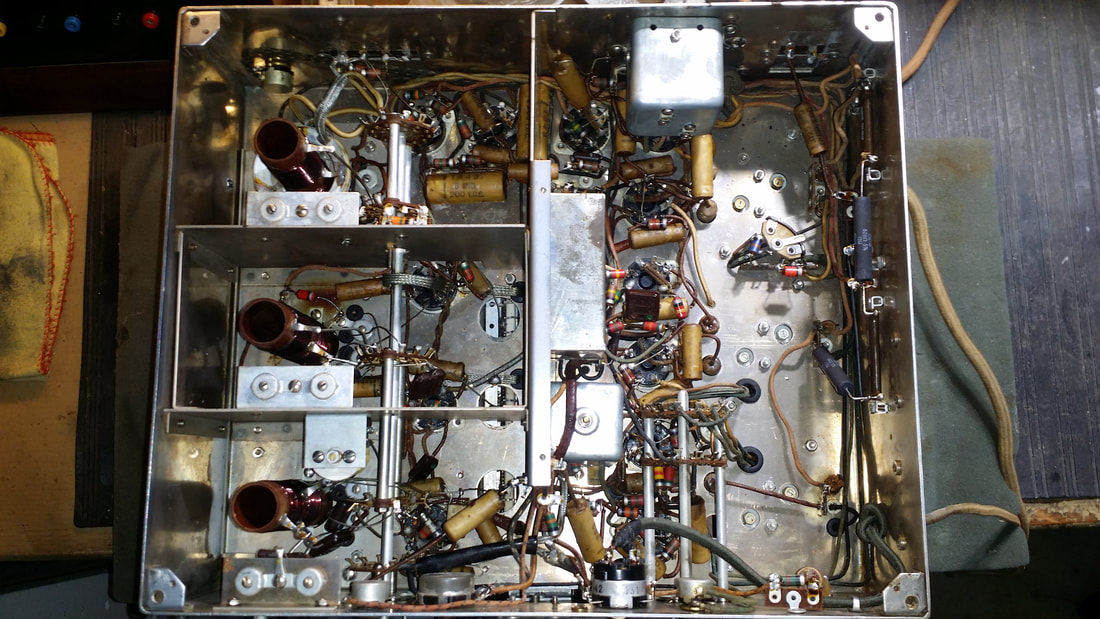
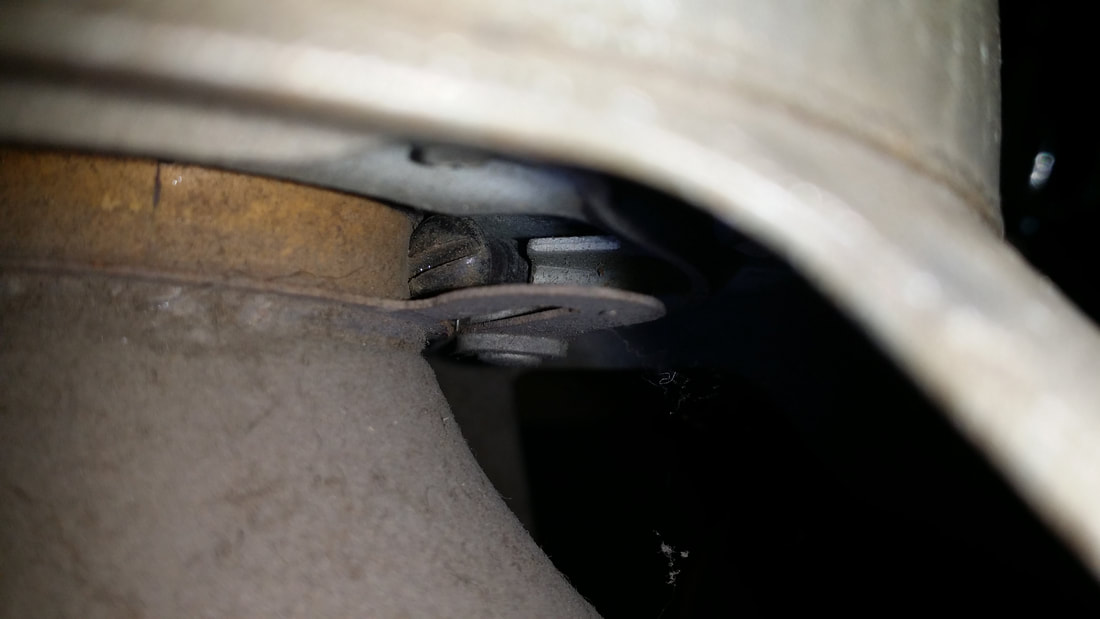
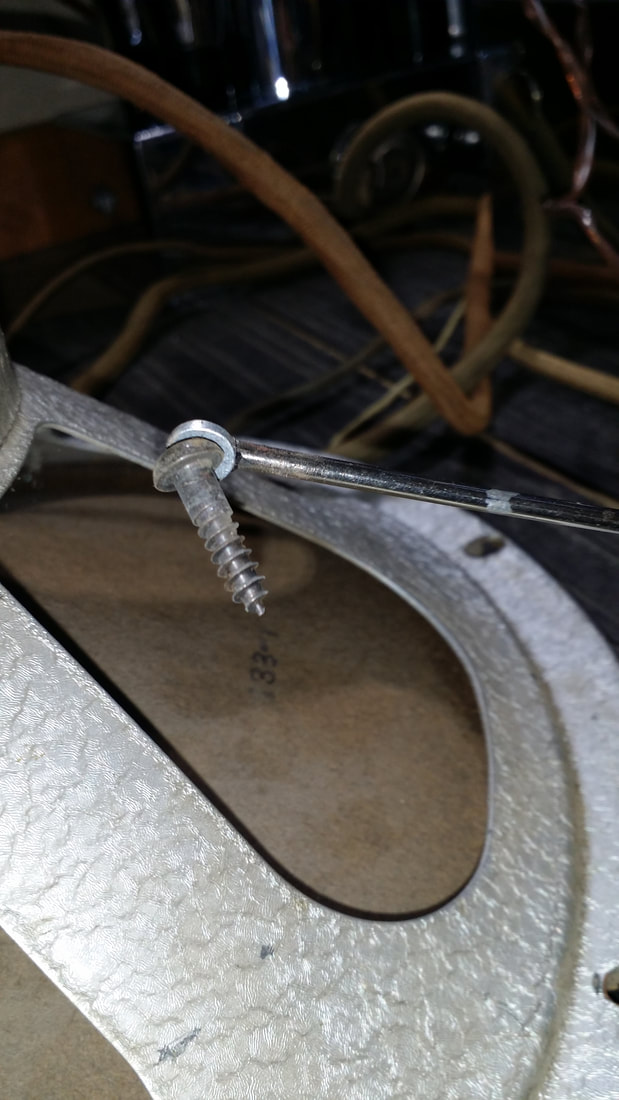
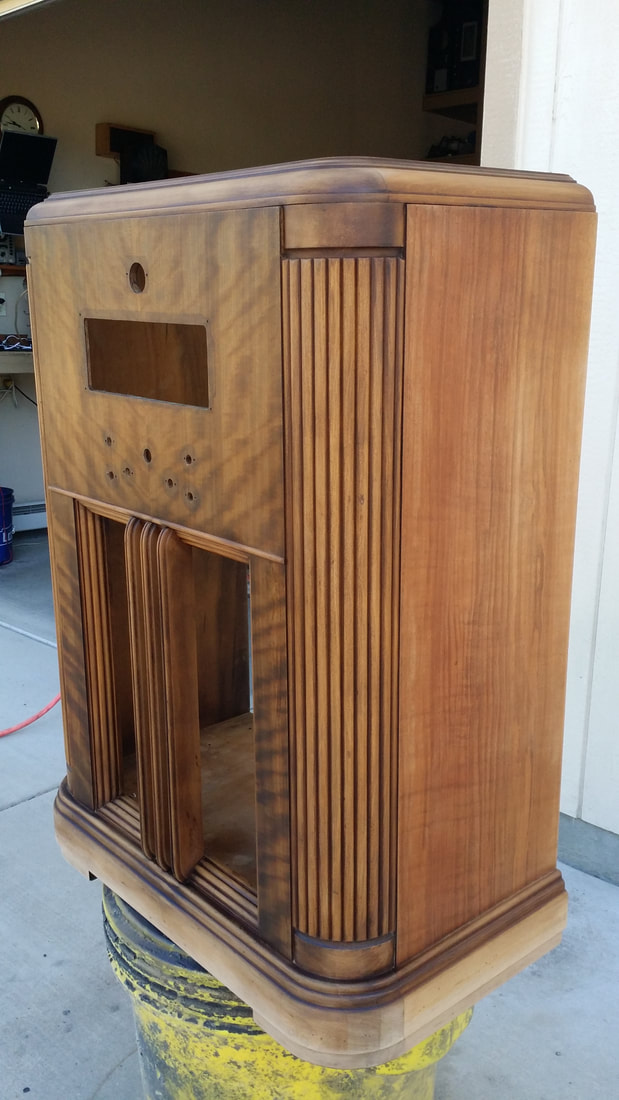
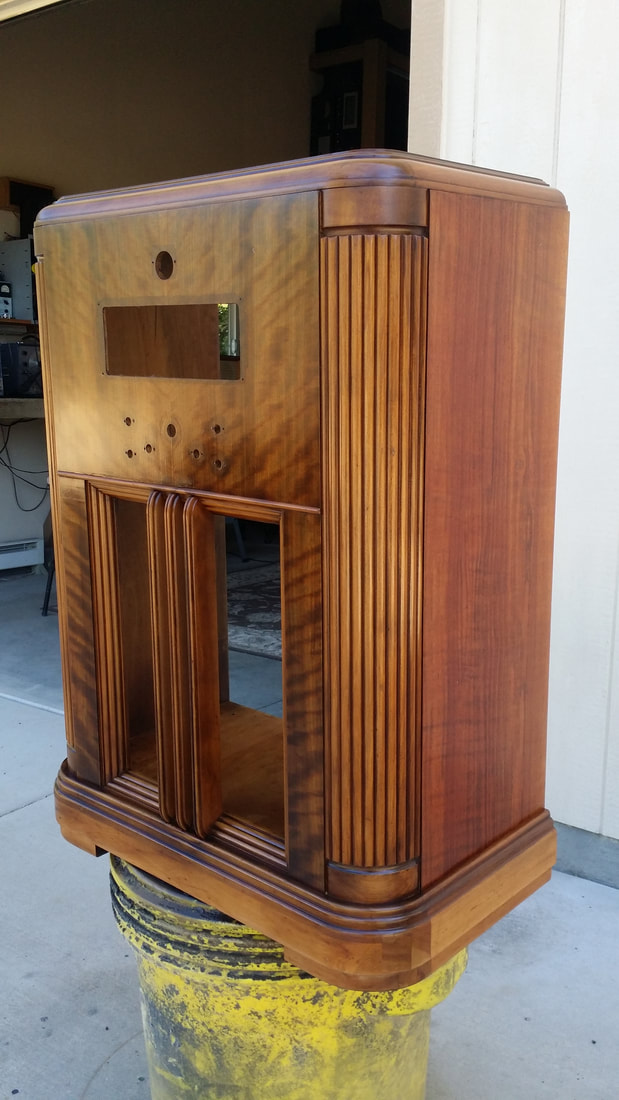
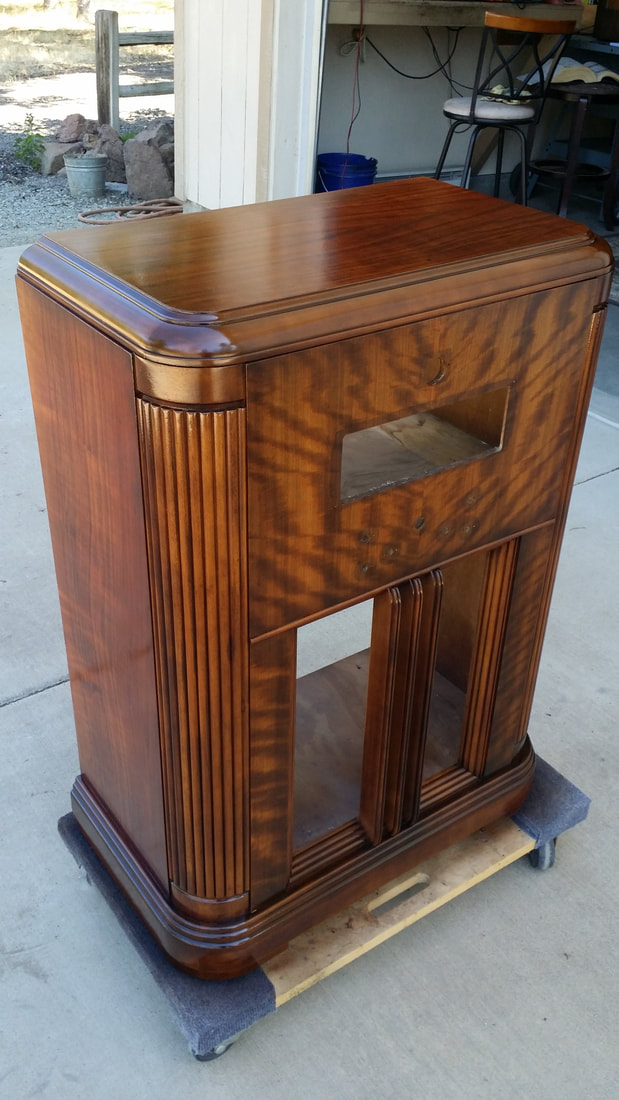
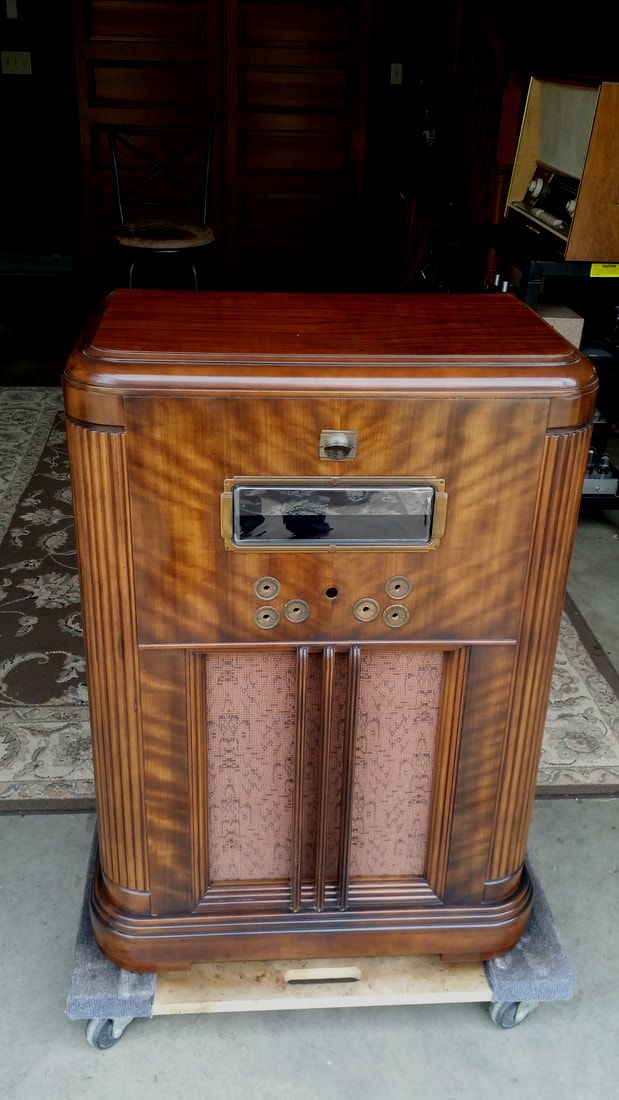
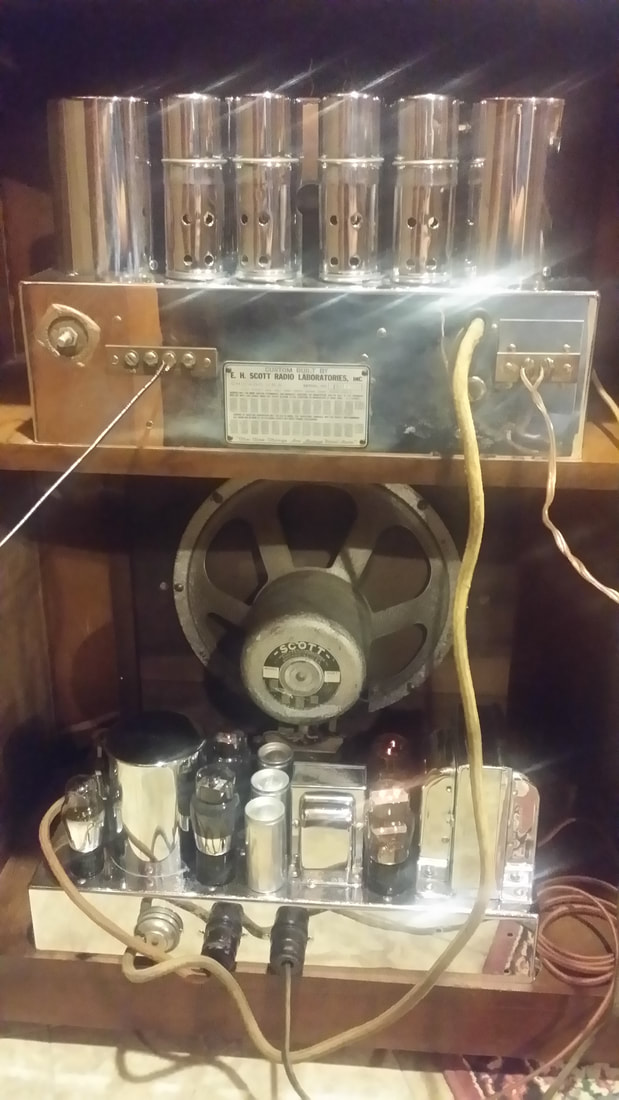
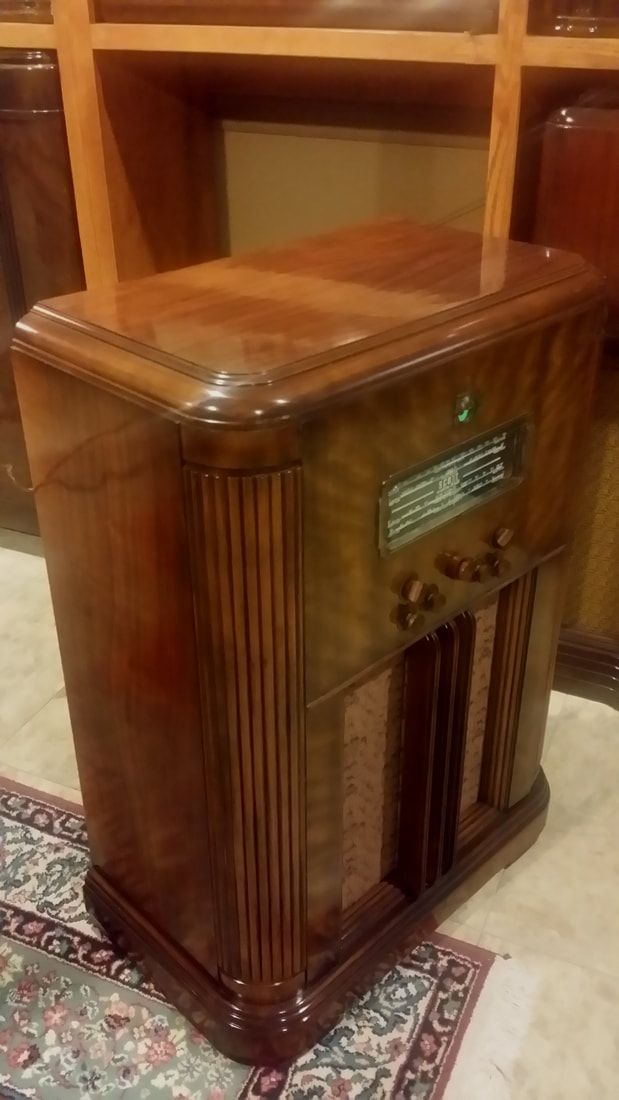
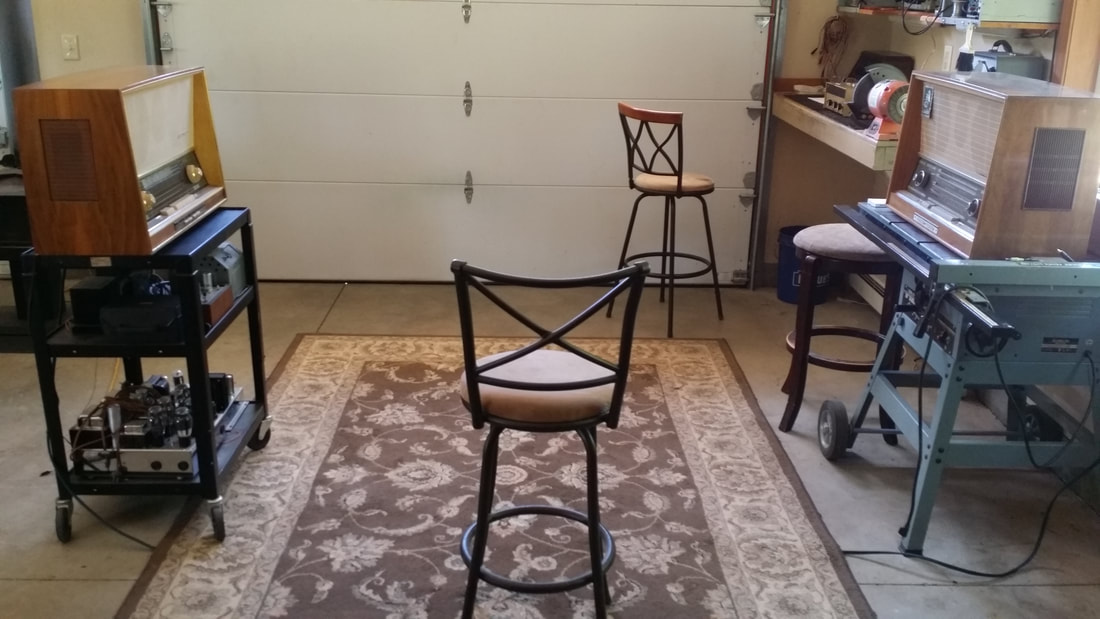
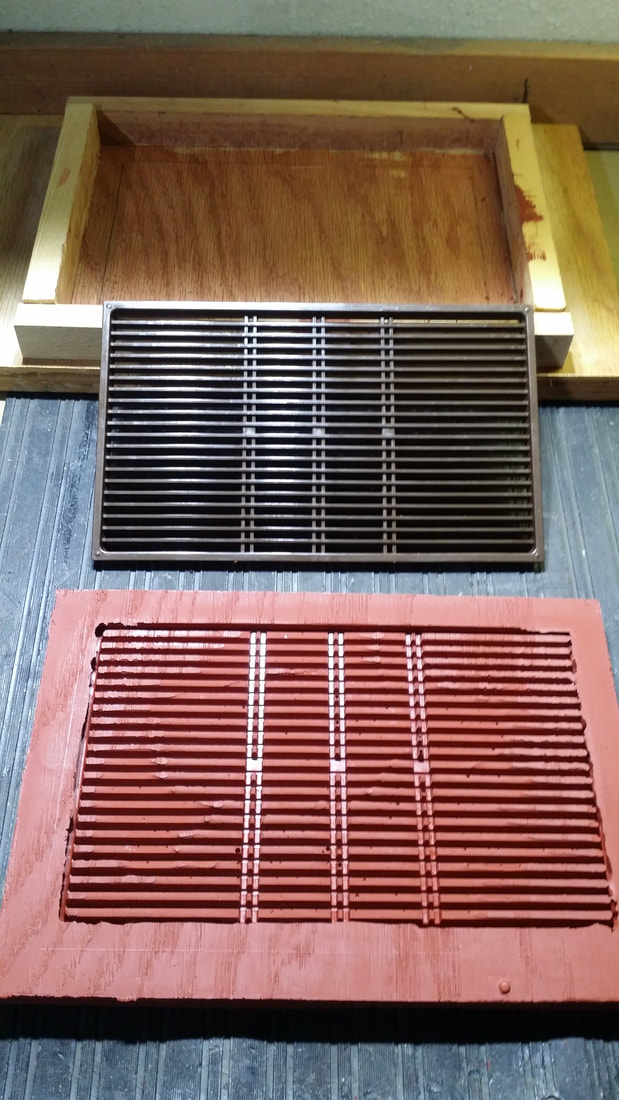
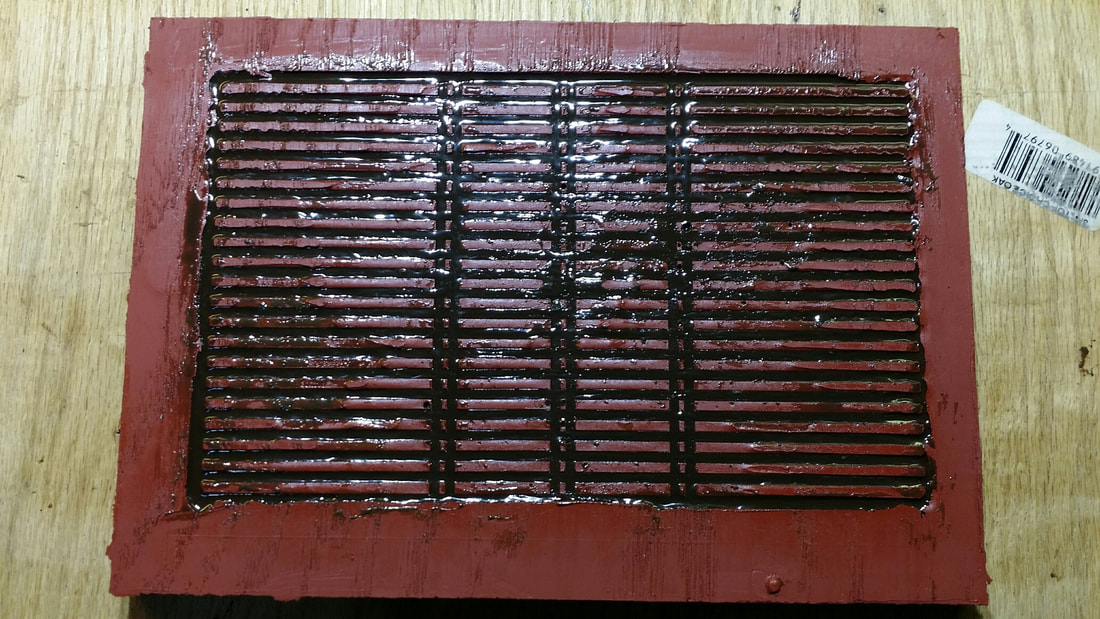
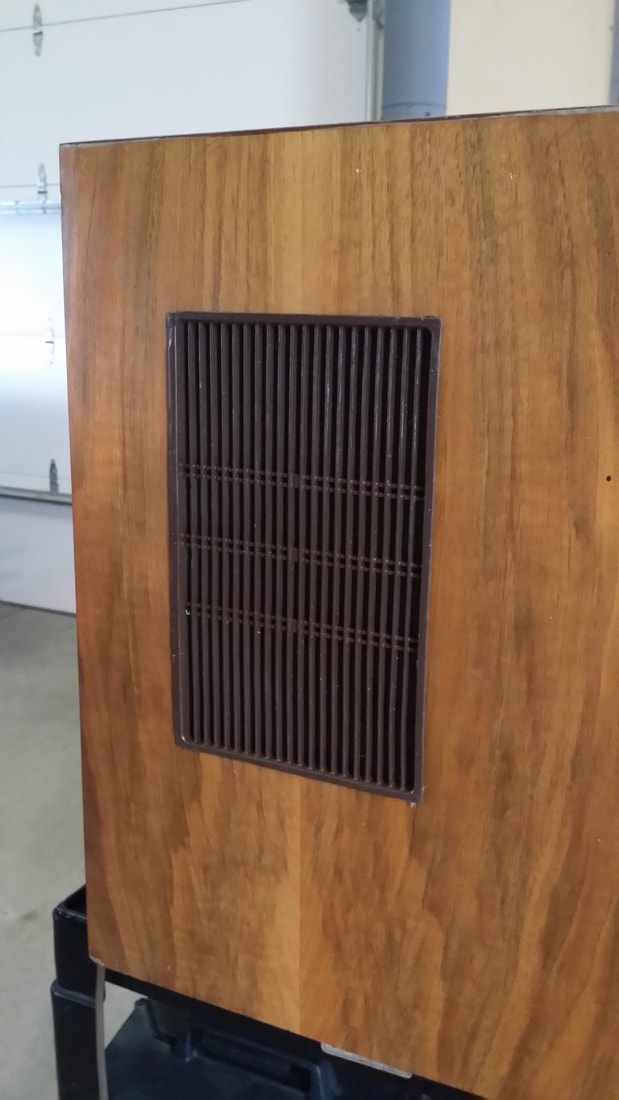
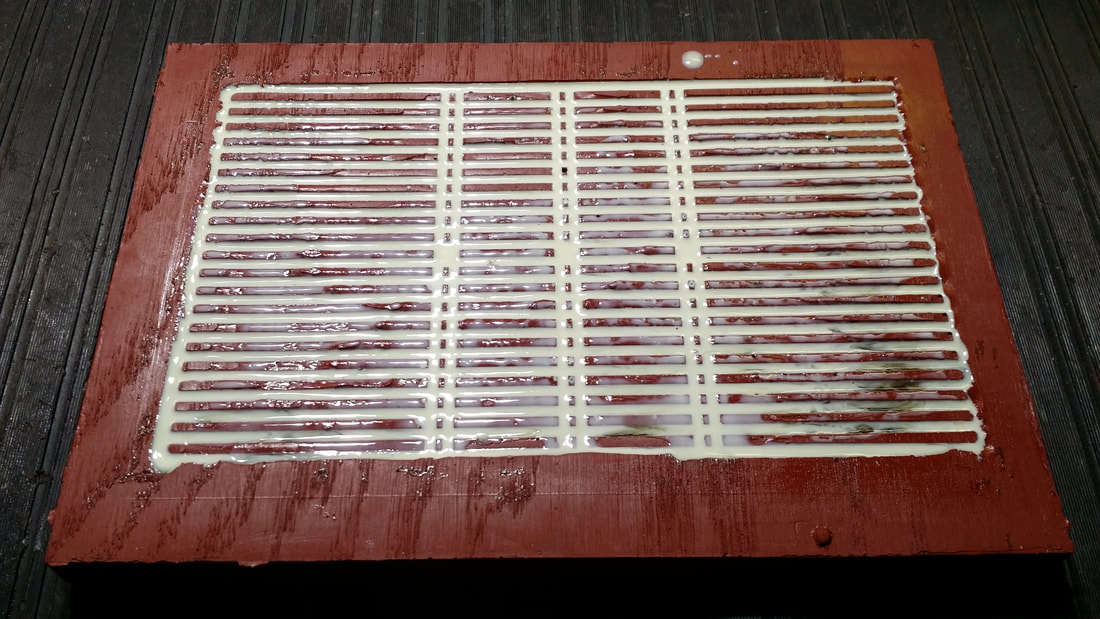
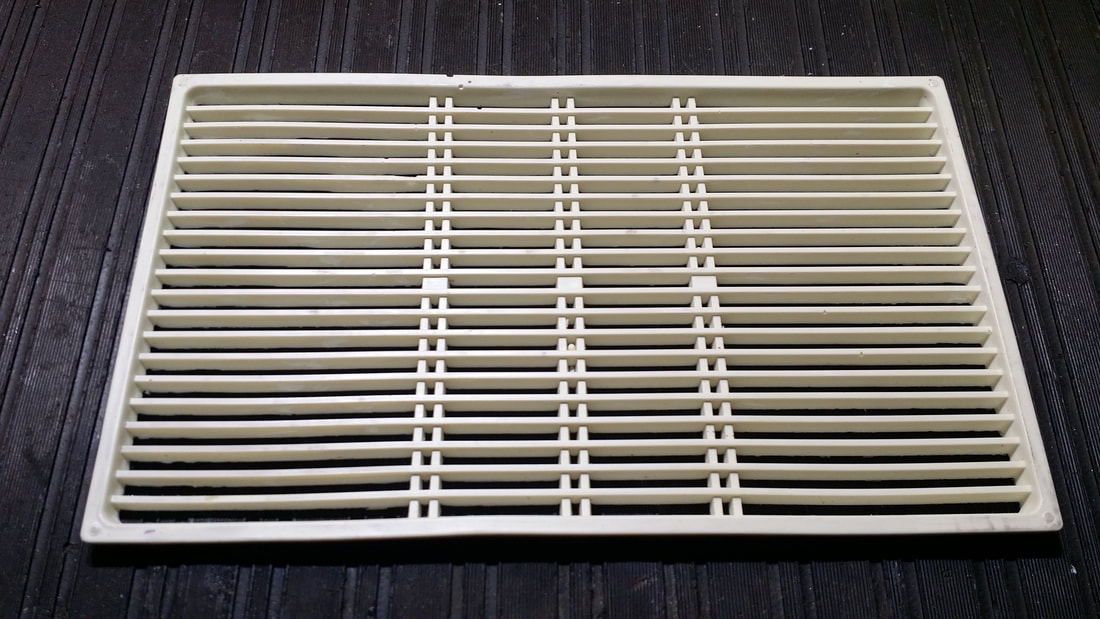
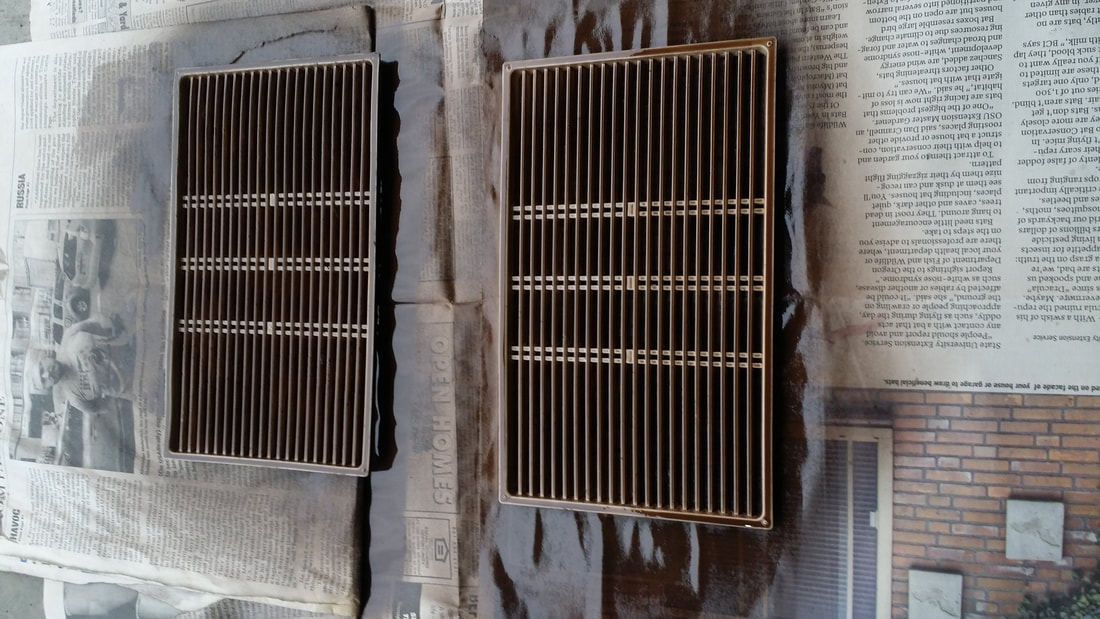
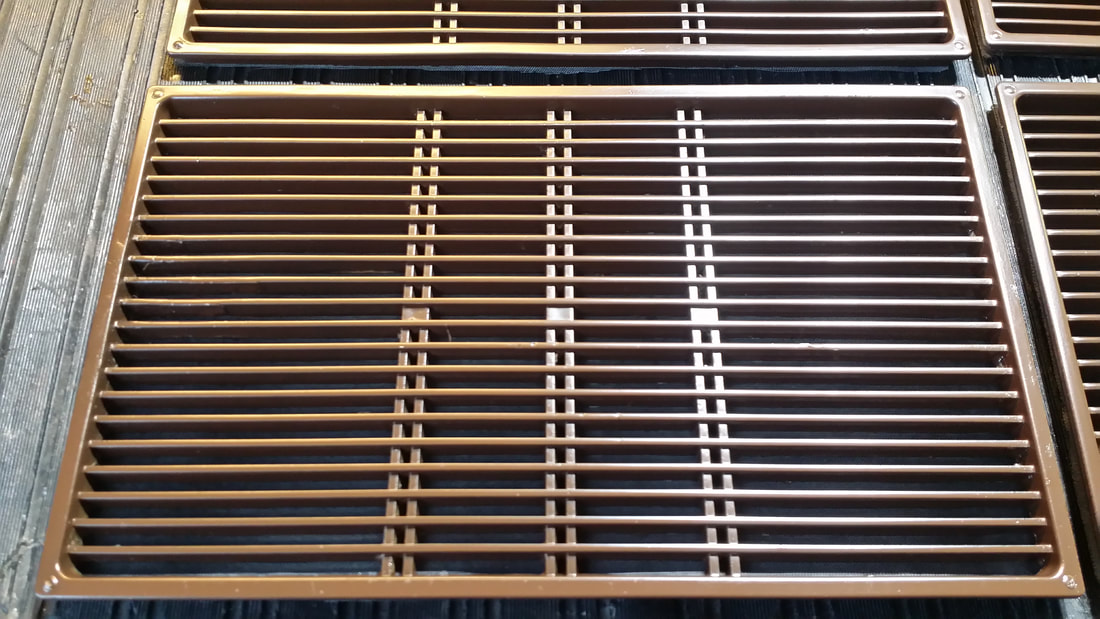
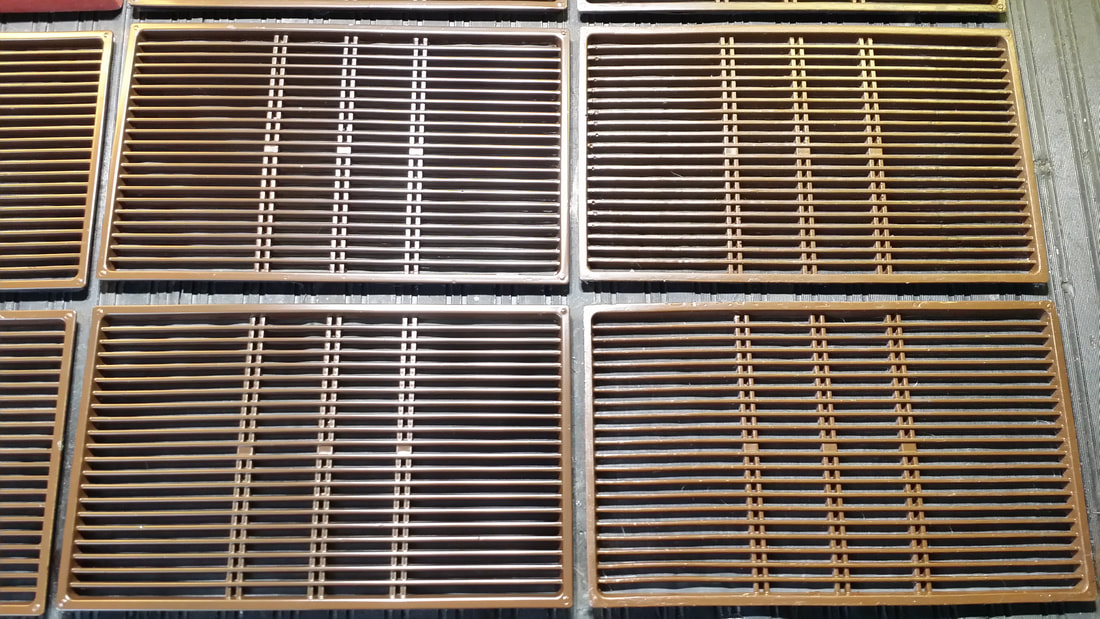
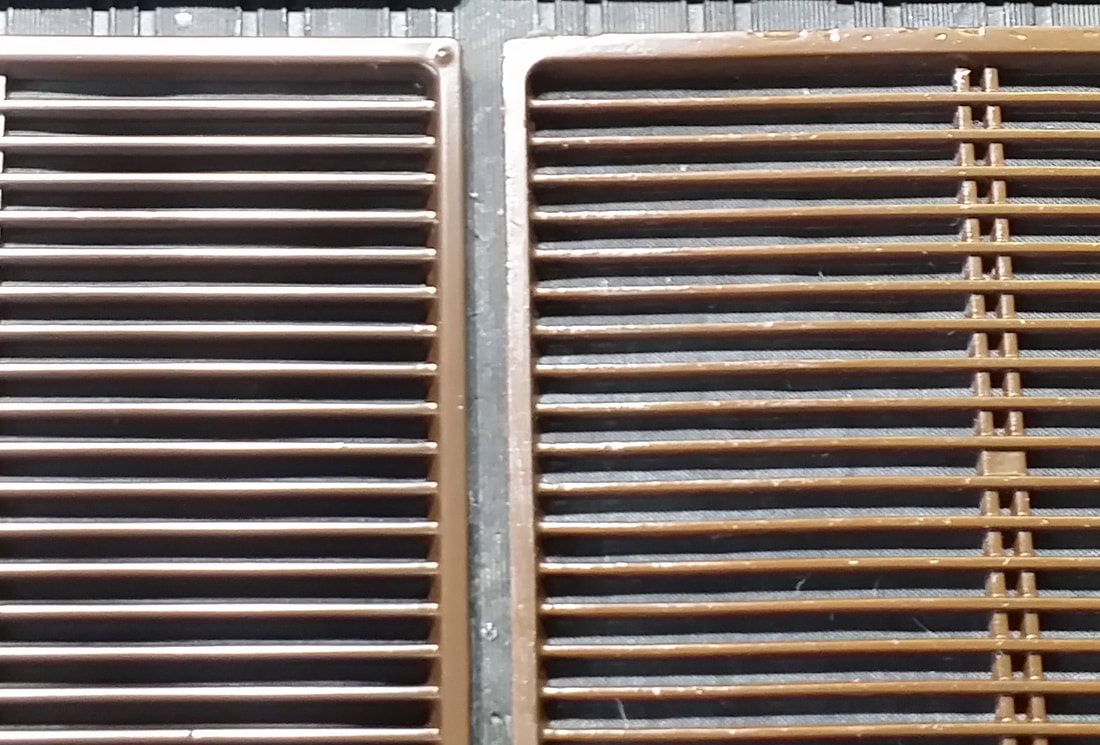
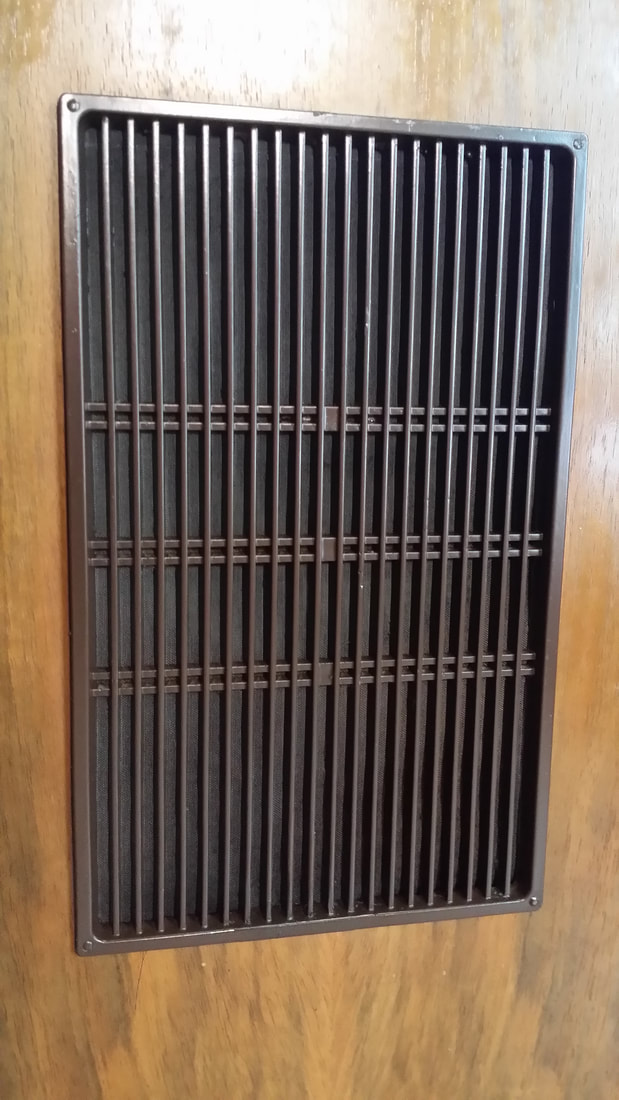
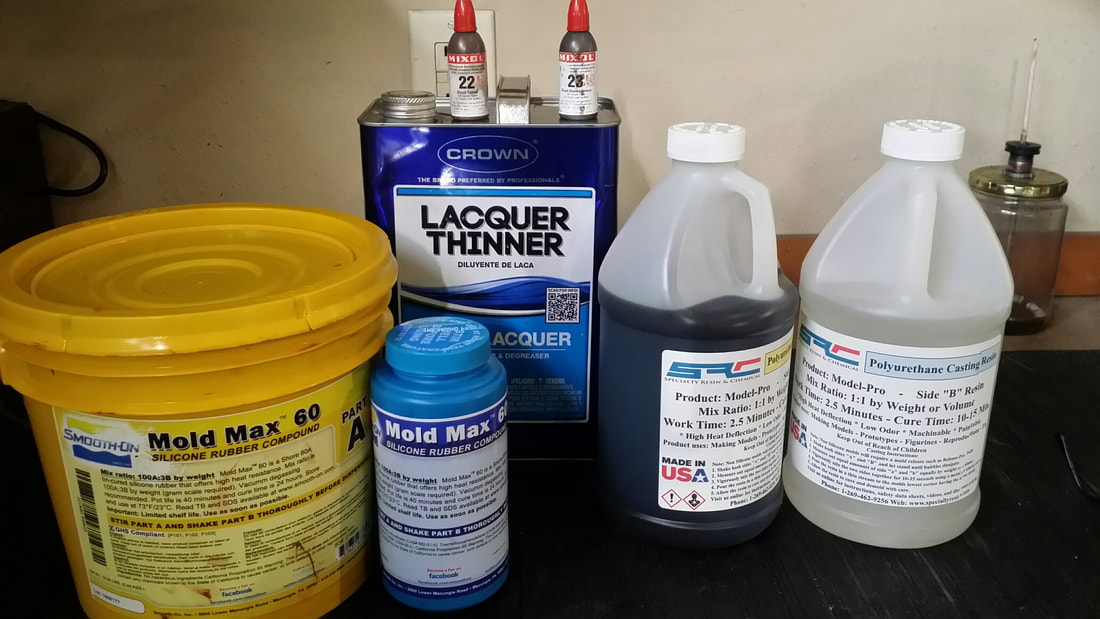
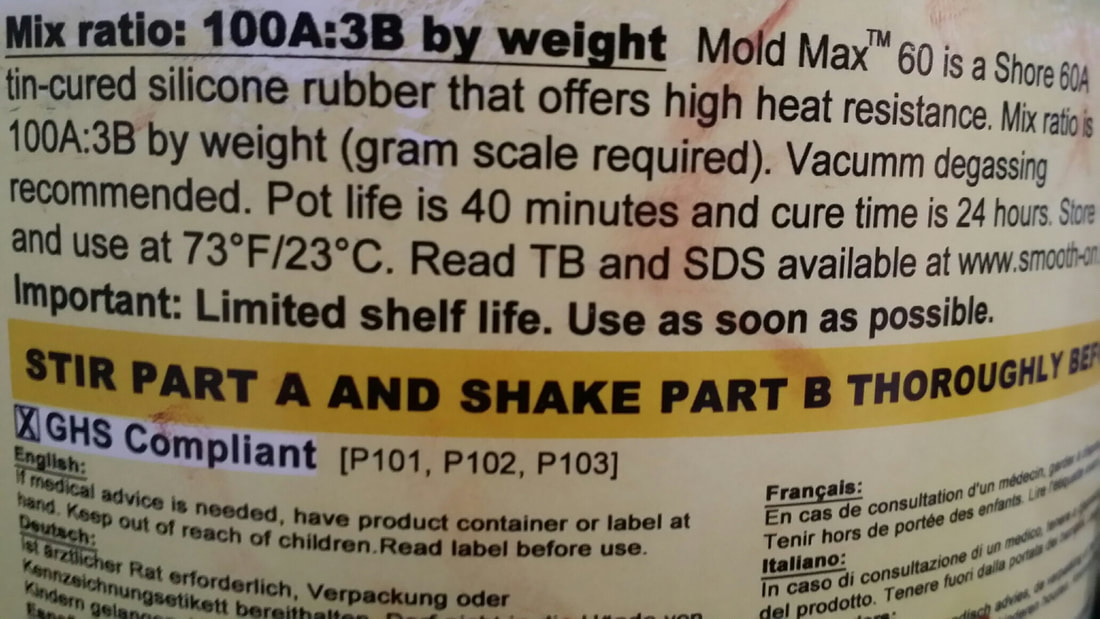
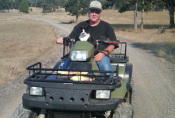
 RSS Feed
RSS Feed